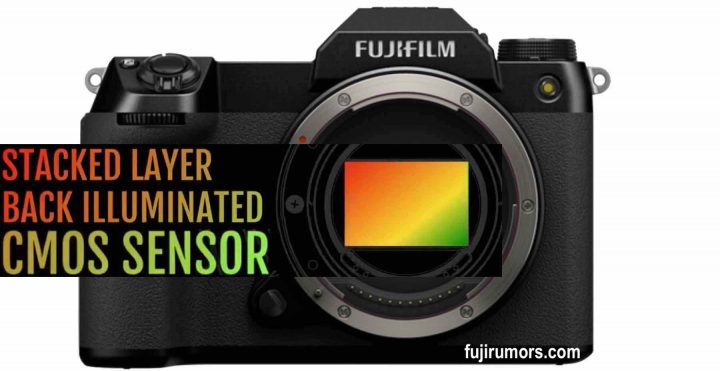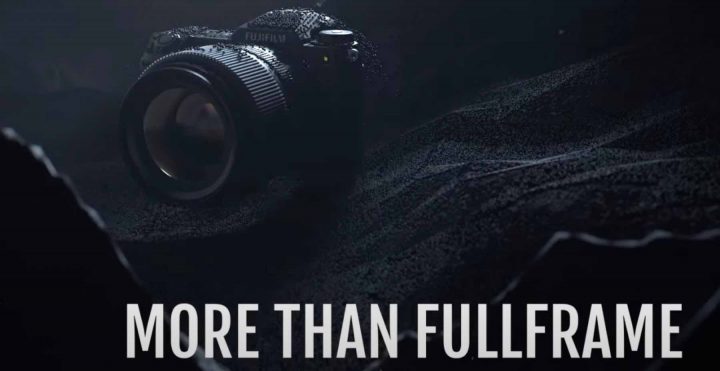Is Fujifilm Nordic Teasing a Fujifilm GFX with Stacked Sensor?

Fujifilm Nordic has released a new Webinar.
Contrary to what we were used so far, this time they also included non Fujifilm X Photographers to the talk, meaning photographers that are not part of the official X photographers program, but who simply started using X or GFX gear, even though they have no relationship with Fujifilm Corporation.
The first not official X/GFX photographer to be part of the Fujifilm Nordic Webinar series is called Soren Solkaer.
- Soren Solkaer went digital since 2002
- he instantly started shooting with Full Frame digital (but in his analog times he shot medium format)
- about 1 year ago, his prost production guy told him “Sir, we have to talk, there is a new camera in town“
- Soren was very skeptical. He didn’t want to change his camera as he was so used to his full frame gear
- his post production partner told him there are files now, that are way better than his full frame files
- in some of his exhibitions he prints 2×3 meters big, and squeezing that our of full frame can be done, but having a bigger file is a huge advantage
- his post production partner told him the files of GFX are bigger and the quality is just amazing
- despite being very reluctant, he tried out the GFX system and he saw that his post production partner was right
- he did not start with the 50MP GFX but he started right with the 100MP GFX100S
- on top of the resolution, there were many other things that hugely impress him of the Fujifilm GFX100S
- he needed to get used to the menu, the buttons, etc
- in the last 25 years he mainly took portraits of celebrities
- the interviewer asks about the speed of the GFX100S, and he says that he shoots full manual control (except for autofocus), and after a bit of time of getting used, he now gets 100 out of 100 perfectly exposed and focused images
- in some other of his project the file size itself is not necessary at all, and in those cases he still uses his full frame gear
- lately for a projects he photographs bird formations flying in the sky at fairly low light. He shoots at 1/500 of a second and wide aperture, so he only has the ISO left to adjust. And the higher he goes with ISO, what is gained in resolution with the GFX100S, is lost in noise at high ISO.
- another issue: GFX100S shoots at 5fps continuous AF. For birds, the more fps you get the higher the chance to nail the right moment
And here comes Soren’s question: Will there be any improvements down the line in terms of sensitivity and also buffer? Here is what Fujifilm Nordic answers:
- there are some secrets Fujifilm Nordic can not reveal, but what they can say is that in May there will be an X summit with an announcement, where we will see new sensor and also new processor technology
- there will be definitely a speed improvement on the APS-C X system, so why shouldn’t those improvements drop down also to the GFX system?
- Actually the whole GFX system started this way: first 5 years with X system, then Fuji started with the GFX system and pulled the technical stuff of the GFX system into the X system
- without telling every secret, but GFX system will get faster and faster with the new hardware
- speed will increase on the GFX system
- Fujifilm Nordic can’t tell when, but they are confident that it will go into that direction [of more speed]
- one day Soren will get a medium format camera that can burst quite a lot more than the current GFX cameras
- “we are working on it, definitely“
I guess it is safe to assume that Fujifilm Nordic is referring to the stacked APS-C sensor to be announced in May 2022 (as Fujifilm officially teased here) and hence hint to the possibility that the stacked technology could find its way also into future GFX cameras.
Just to be clear, so far in terms of rumors I have no hints about any stacked sensor GFX camera coming. Of course this doesn’t mean it won’t come, I just say that at the time of this article I have no information about it.
The summary above is just an extract of Soren’s part of the talk with Fujifilm Nordic. But actually the whole 2 hours talk also with the official Fujifilm X Photographers is well worth a listen. So make sure to check it out down below.




